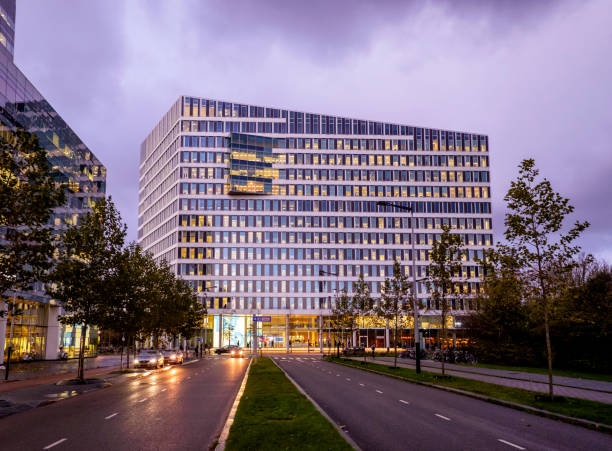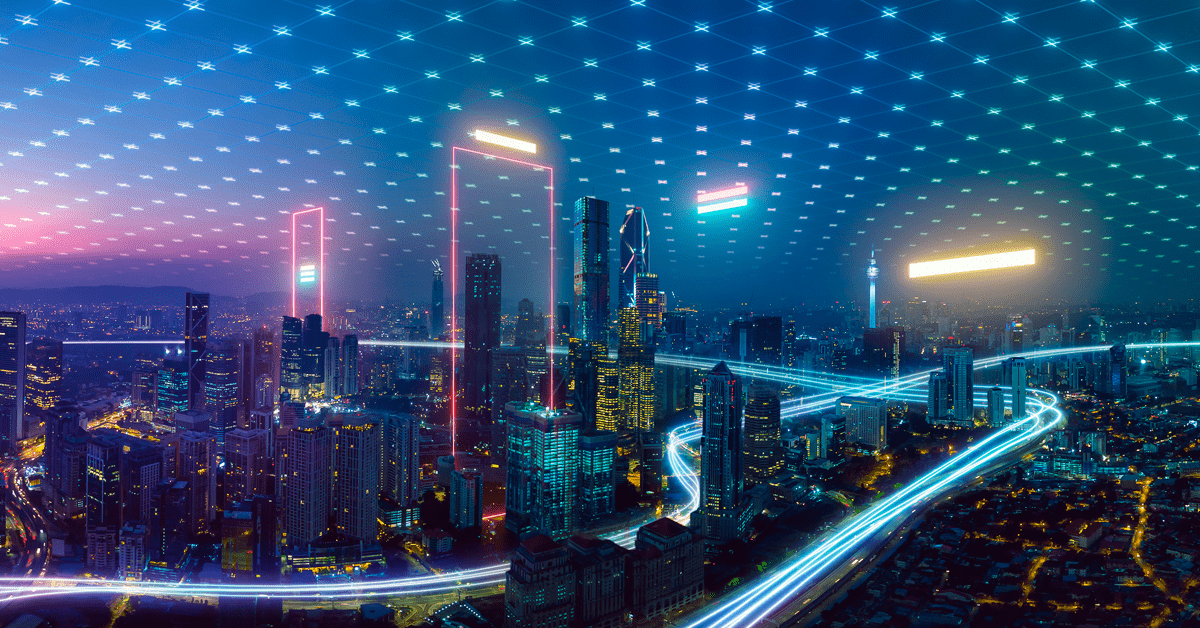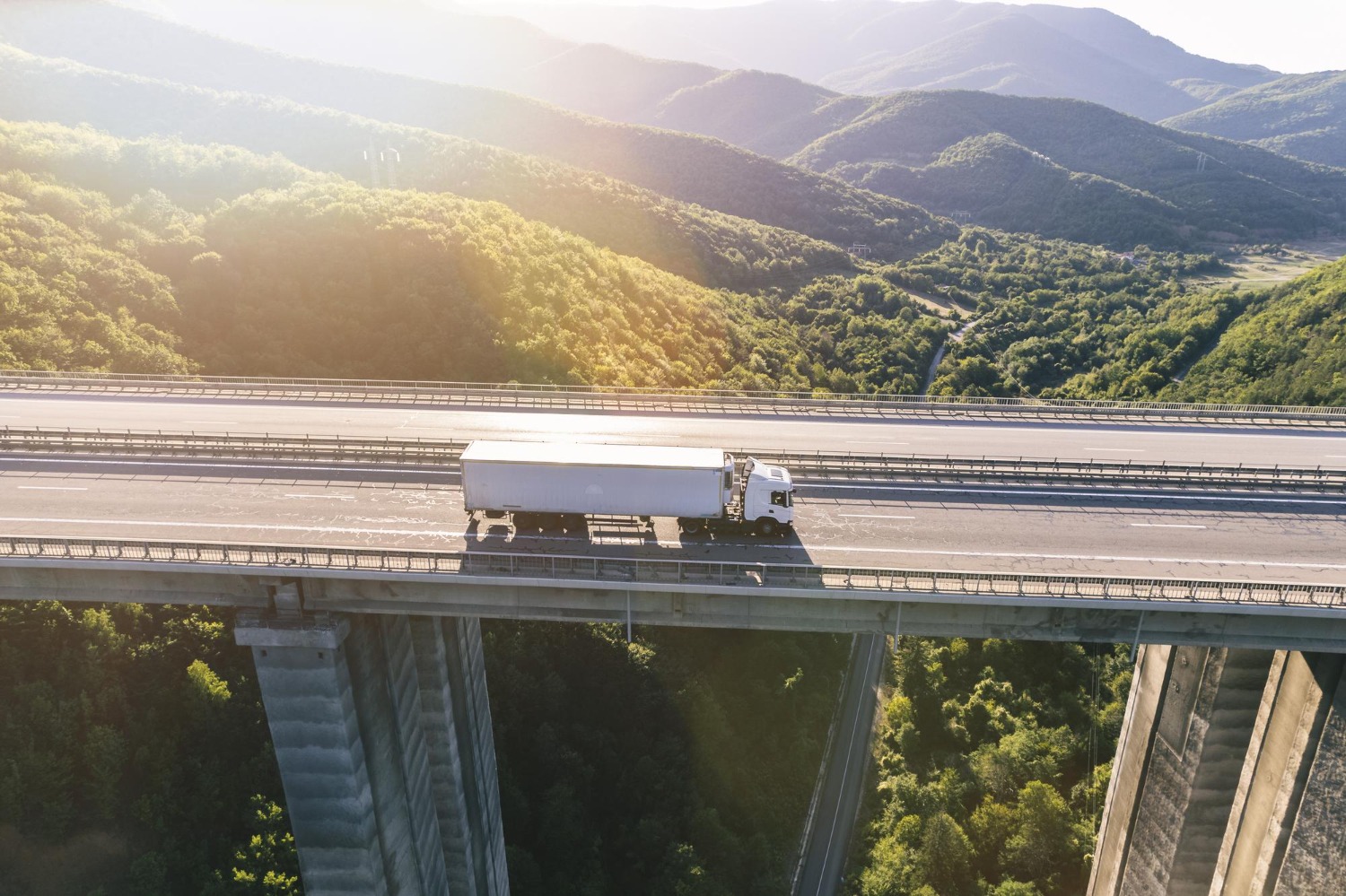
Book a demo
Maybe not everyone knows that the Thames was declared biologically dead in 1957. Indeed, London’s famous river has worked as an open sewer for centuries, leading to many an epidemic of cholera until the government decided to do something about it in the mid-800’s - particularly after what is known as the Great Stink.
It wasn’t until the '60s that construction projects for the recovery of a bombed and destroyed London amended and improved the previous sewage system, sanitizing the waters and bringing the river back to life. In more recent days one could even enjoy the company of harbor seals up in Richmond Lock.
More recently, however, in 2018 the growing population of the British capital posed a new threat to the existing draining systems. The authorities found it hard to keep up with the daily management of gray water.
If we learned something from the Thames’s history, then we should know by now that the management of sewers and waters is of the utmost importance for the wellbeing of the cities population.
Monitoring and management of pieces of critical infrastructure such as sewers are usually carried out on a case-by-case basis or with sporadic, periodic maintenance activities. However, this has two main issues: they ignore whatever phenomenon happened in the interval between two maintenance operations and only repair whatever damage occurred beforehand, ignoring predictive maintenance for damages that might occur later.
Moreover, periodic mass interventions have a certain weight on the annual budget, both for the individual companies and the taxpayers - companies dealing with urban waters and sewers are usually public and funded by the government.
In the second place, urbanization and overuse of infrastructure become critical in this specific sector of civil infrastructure. Poor management of the sewage system can have disastrous effects on both the population’s health and the environment, leading to damages that can only be healed in years.
This means that companies are faced with no option but to allocate much of their budget on damage control activities rather than on improvement and best practices, slowing down the development and progress of technologies and methodologies to best manage the systems.
We can predict what happens in the future. Our platform centers around the chance to implement predictive maintenance civil infrastructure to avoid any potential problem before it occurs.
Through a distributed system of sensors specifically installed in strategic locations of the infrastructure, Sensoworks’s IoT platform gathers all the necessary, raw, yet incomprehensible data and translates them into intelligible, indexed information in specifically created dashboards. This allows both Sensoworks’s IoT platform and managers and supervisors to understand what was, is, and will be of the monitored piece of infrastructure and intervene timely if necessary.
In the case of sewer systems' tunnels and pipes, Sensoworks designed a solution based on sensors constituted by fiber optic cables up to 50 km long. For the monitoring of sewers, the sensors we employ exploit Brillouin light scattering along the optic fiber.
The change in the Brillouin frequency signals to the platform a change in the temperature and/or in the mechanic strain. Each cable is built to react to both the phenomena.
Sensoworks' projects work on “close loop” systems to reach better results in terms of spatial resolution. The difference between “close loops” and “open loops” depends on how light radiation is used: “transmitted” in the first case and “reflexed” in the second case.
Thanks to Sensoworks, sewers are constantly monitored (24h a day, 365 days a year) for more than 37 km of pipes. The platform is always looking for deformations, it constantly checks the water level, speed and flow rate and controls potential anomalies due to parasitic infiltrations.
This doesn’t only work for sewers. Sensoworks’s IoT platform is designed to be highly scalable and adaptable to several kinds of systems and infrastructures. Sensors following this strategy can be installed on gas and water pipes (for the former, Sensoworks employs a higher-frequency Distributed Acoustic System to better detect gas leaks) to monitor the heating system or water supply, for instance.
This way, managing authorities can carry out less, more precise interventions to contain both potential damages and maintenance costs - both operational costs and staff deployment. Moreover, the causes of damages for underground facilities can be difficult to understand and expensive interventions are needed to assess the reasons for faults and malfunctions. Sensoworks’s platform’s dashboard, instead, shows clear and indexed information with thresholds and limits you can set to notify you in case any value exceeds the safety limits. So you know in real-time what is happening and where.
Sensoworks’s mission is to provide solutions that support people in their everyday life. Infrastructure, today, is an integral part of it: our lives would be much more difficult without the infrastructural system of roads, bridges, tunnels, sewers, and so on.
Urbanization and the evolution of our lifestyles need to be matched by a constant improvement of the technology and the systems we use, even more so when confronted with an increasing number of people enjoying and exploiting civil infrastructure.
Sensoworsks believes in the potential of technology at the service of people. Sensing the future is the way we want to give value back to the community, predicting what’s next is how we want to empower everyone with a stronger infrastructure for all their needs.
Contact us to have more information on the topic and get your custom demo


